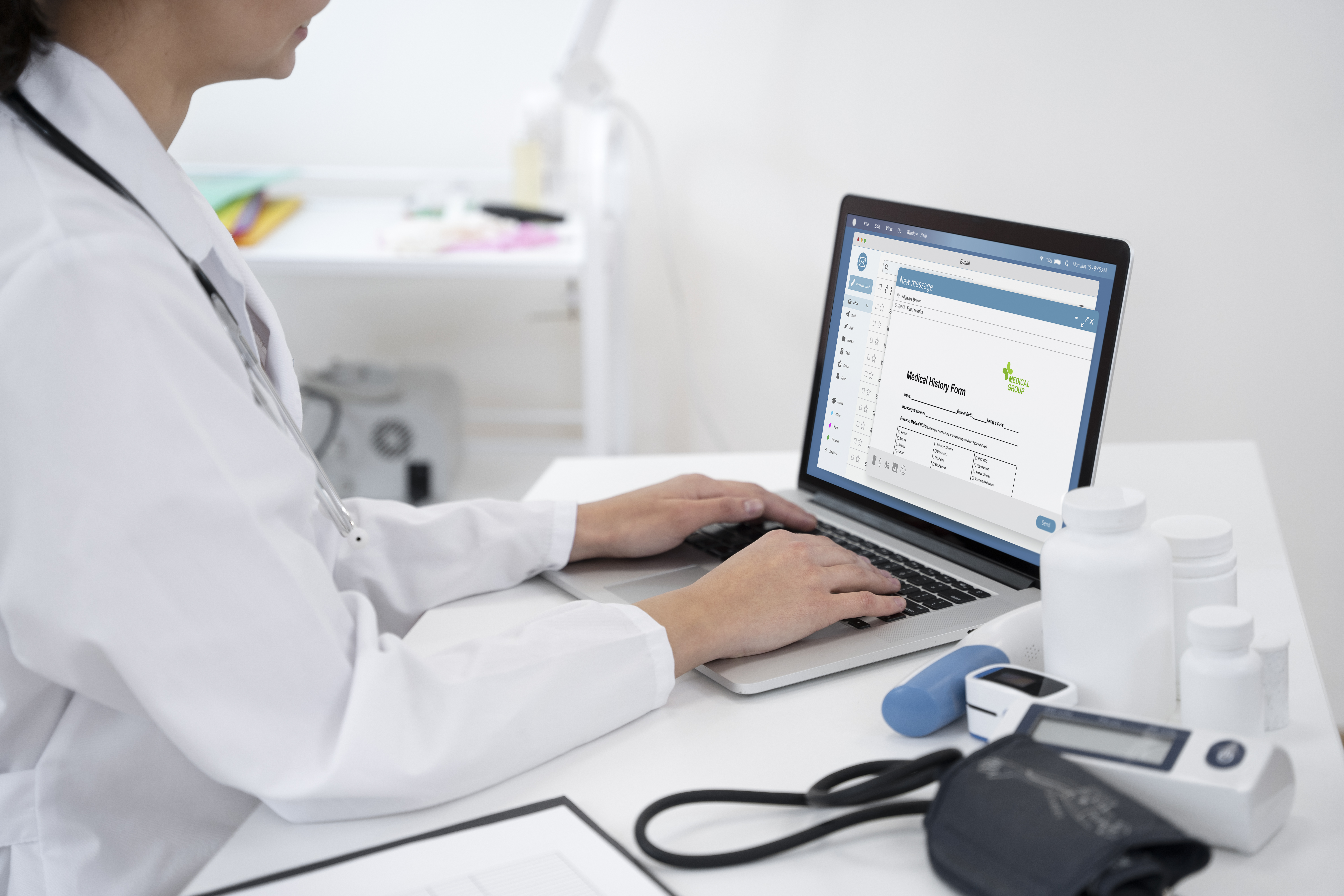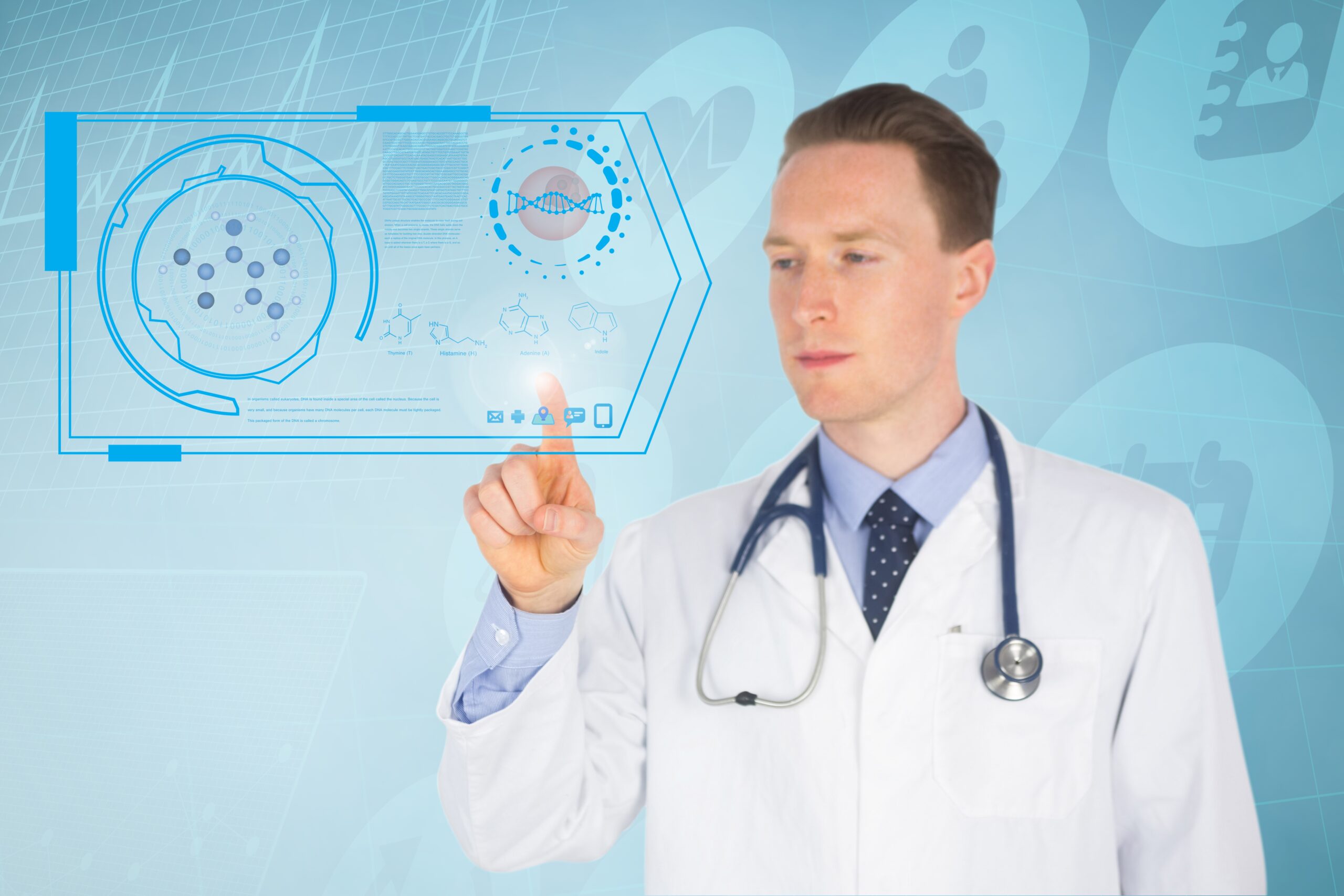Unveiling the Latest Trends in Healthcare Data Management
In the ever-evolving landscape of healthcare, data management plays a pivotal role in ensuring efficient, secure, and patient-centric services. As technology continues to advance, the latest trends in healthcare data management are reshaping the industry, promising enhanced decision-making, improved patient outcomes, and streamlined processes.
- Interoperability and Integration:
One of the foremost trends in healthcare data management is the emphasis on interoperability and integration. In a world where patient information is scattered across various systems, achieving seamless data exchange between different healthcare platforms has become paramount. Integrated systems enable healthcare providers to access comprehensive patient records, fostering more informed decision-making and cohesive patient care. - Artificial Intelligence (AI) and Machine Learning (ML):
AI and ML are revolutionizing healthcare data management by offering predictive analytics, personalized treatment plans, and enhanced diagnostic capabilities. These technologies can analyze vast datasets to identify patterns, predict disease progression, and even recommend tailored interventions. Implementing AI and ML in data management not only accelerates decision-making processes but also contributes to precision medicine, ultimately improving patient outcomes. - Blockchain Technology for Data Security:
As data breaches become a growing concern, blockchain technology has emerged as a robust solution for enhancing data security in healthcare. Blockchain ensures the integrity and confidentiality of patient information, providing a transparent and tamper-proof system. This decentralized approach not only safeguards sensitive data but also facilitates secure sharing of information among healthcare stakeholders. - Patient-Centric Data Access:
Empowering patients with access to their health data is a transformative trend in healthcare data management. Through patient portals and mobile applications, individuals can actively participate in managing their health information, promoting engagement and collaboration with healthcare providers. This trend not only enhances patient autonomy but also contributes to a more holistic and personalized approach to healthcare. - Cloud-Based Solutions:
The adoption of cloud-based solutions in healthcare data management is on the rise, offering scalability, flexibility, and cost-effectiveness. Cloud platforms enable healthcare organizations to store and retrieve large volumes of data securely, facilitating real-time collaboration and data sharing. This trend is particularly advantageous in a landscape where rapid access to information is crucial for timely and effective patient care. - Cybersecurity Measures:
Given the increasing frequency and sophistication of cyber threats, healthcare data management trends include a heightened focus on cybersecurity measures. Advanced encryption techniques, multi-factor authentication, and continuous monitoring are essential components in safeguarding sensitive patient data, ensuring compliance with regulatory requirements, and maintaining the trust of patients and stakeholders.
In conclusion, the latest trends in healthcare data management are steering the industry towards a future characterized by seamless integration, advanced analytics, enhanced security, and patient empowerment. Embracing these trends not only positions healthcare organizations at the forefront of innovation but also reinforces their commitment to delivering high-quality, patient-centered care in an increasingly data-driven era.




